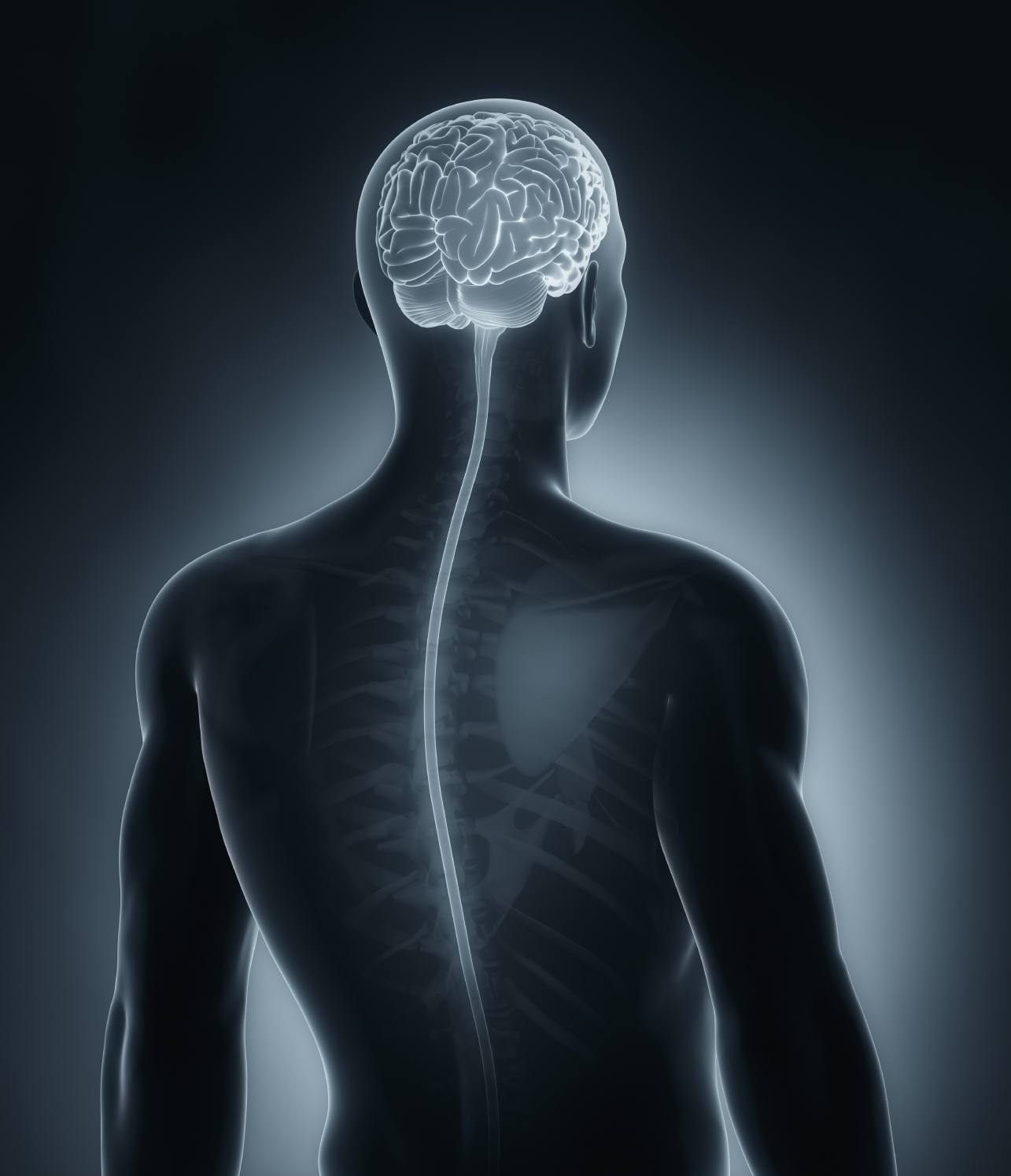
Northwestern Medicine investigators have developed a powerful new tool that allows scientists to precisely and rapidly control protein levels in living cells, offering unprecedented insight into the inner workings of essential genes, according to a new study published in Nature Communications.
The study compares five leading systems for inducible protein degradation—technologies that allow scientists to “switch off” specific proteins on demand. These systems are crucial for studying dynamic biological processes, especially when traditional genetic methods fall short due to their slow response times or lethal effects on cells, according to the authors.
“There are about 3,000 essential genes in the human genome,” said Mazhar Adli, PhD, the Thomas J. Watkins Memorial Professor of Tumor Genomics and an assistant professor of Obstetrics and Gynecology in the Division of Reproductive Science in Medicine, who was senior author of the study. “We currently cannot study all these genes by traditional genetic approaches because when we knock them down, the cells die. These technologies typically take three to seven days or even longer to work. During this time, the cell is dying, so we cannot really study them. We really needed these degradation systems to study these essential genes.”
In the study, Adli and collaborators identified a standout technique: the OsTIR1-based auxin-inducible degron (AID 2.0), which showed the highest efficiency in degrading target proteins. However, this system came with trade-offs, including unwanted background degradation and slower recovery after the degradation signal was removed.
To overcome these limitations, the team turned to a cutting-edge technique known as base editing—a form of precision gene editing—to evolve a more refined version of the system. After several rounds of targeted mutagenesis and functional screening, they settled on a new technique called AID 2.1.
This upgraded system retains the high efficiency of its predecessor while significantly reducing background degradation and enabling faster recovery of target proteins. These improvements make AID 2.1 a powerful tool for studying essential genes in real time, allowing investigators to observe how cells respond to rapid changes in protein levels and to conduct experiments that were previously impossible.
“Essentially, we are evolving a protein in the lab over a period of time,” said Adli, a member of the Robert H. Lurie Comprehensive Cancer Center of Northwestern University. “It’s just like natural evolution, which takes billions of years. But we are speeding this up in the lab over several days.”
The study also provides a comprehensive reference dataset comparing the strengths and weaknesses of each degradation system, offering valuable guidance for scientists across the life sciences.
“Currently, all scientific publications are about only 5 percent of human genes. We need to change that,” Adli said. “If we want to understand health and diseases, we need to understand the function of all genes in the human genome. These kinds of technological developments are absolutely essential so that we can characterize and understand the function of all human genes.”
Moving forward, Adli and his collaborators aim to leverage this technology to comprehensively characterize the human genome, much of which remains poorly understood.
The study was supported by the National Human Genome Research Institute grant UM1HG012649, MorPhic consortium award.






